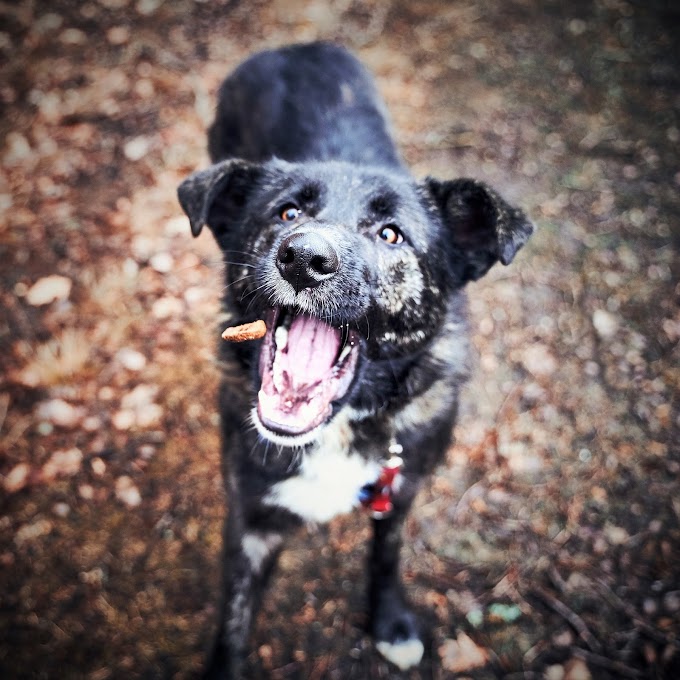Dog training basics start off with the problem of dogs inappropriately urinating. This problem is commonly encountered by dog owners. As a matter of fact, inappropriate urination and defecation is the most frequently cited reason that owners surrender their animals to shelters.
Let's dive right in.
Preventing unwanted urination through Dog Training Basics
Before you can address problems with inappropriate urination, it is important to understand the basis of the problem.
There are several reasons why dogs lose control of their bladders, and it is important to know the root cause of the problem before it can be properly addressed.
Problem #1 – Excitement Urination
Dogs often urinate when they become overly excited, and dogs that are otherwise perfectly housebroken sometimes show their excitement by dribbling urine when greeting you excitedly.
It is normal for some dogs to urinate when they get excited, and this can be a particular problem for many older dogs.
A lot of excitement induced urination occurs in young puppies, and it is caused by a lack of bladder control. The puppy may not even know they are urinating, and punishment will simply confuse them.
Becoming Angry
Becoming angry with the puppy will quickly cause excitement urination to morph into submissive urination, thus compounding the problem.
As the puppy gets older and develops better bladder control, this type of excitement urination should disappear.
The Best Cure
Through dog training basics the best cure for excitement urination is prevention. Preventing your dog from becoming over excited is the best way to control this problem behavior.
If your dog is excited by a particular stimulus or situation, it is important to repeatedly expose them to that situation until it no longer causes excessive excitement.
Problem #2 – Submissive Urination
Submissive urination is a natural part of pack behavior among animals like dogs and wolves. The submissive member of the pack shows his or her submissiveness by lowering itself and urinating.
Since dogs are pack animals, they may show their submissiveness to their owner, who they regard as the pack leader, by exhibiting this submissive urination.
Their Insecurity
Dogs who exhibit submissive urination are usually showing their insecurity. Unsocialized and previously abused dogs often exhibit submissive urination.
These dogs need to be shown through dog training basics that there are more appropriate ways to express their submissive status, such as shaking hands or licking the owner’s hand.
The Best Dog Training Basics
The best way to deal with submissive urination problems is often to ignore the urination.
Trying to reassure the dog can give the mistaken impression that you approve of the behavior, while scolding the dog can make the submissive urination worse.
Correcting problems with submissive urination should be directed at building the dog’s confidence. Through teaching them other ways to show their respect with dog training basics.
Teaching the Dog
Teaching the dog to lift their paw, sit on command, or similar obedience commands, is a great way to direct the dog’s respect in a more appropriate direction.
Problems with urination are not always easy to deal with, but it is important to be consistent. In dog training basics you should always reward acceptable behavior on the part of the dog.
Medical Conditions
When urination problems do occur, it is always a good idea to first rule out any medical conditions that could be causing those problems.
Medical issues like bladder infections can be the root cause of problems with unwanted urination.
After any medical problems have been ruled out, it is important to determine what is causing the problem. And than apply dog training basics to deal with it appropriately.
Dog Training Basics and Punishment
While it can be tempting to punish the dog for inappropriate elimination, doing so will only confuse and further intimidate them. This goes directly against recommended dog training basics.
Now I'd like to hear from you.
If you found this post on Dog Training Basics informative please share it on social media through the buttons on this page and/or leave a comment below.
Thank You For Reading!






0 Comments